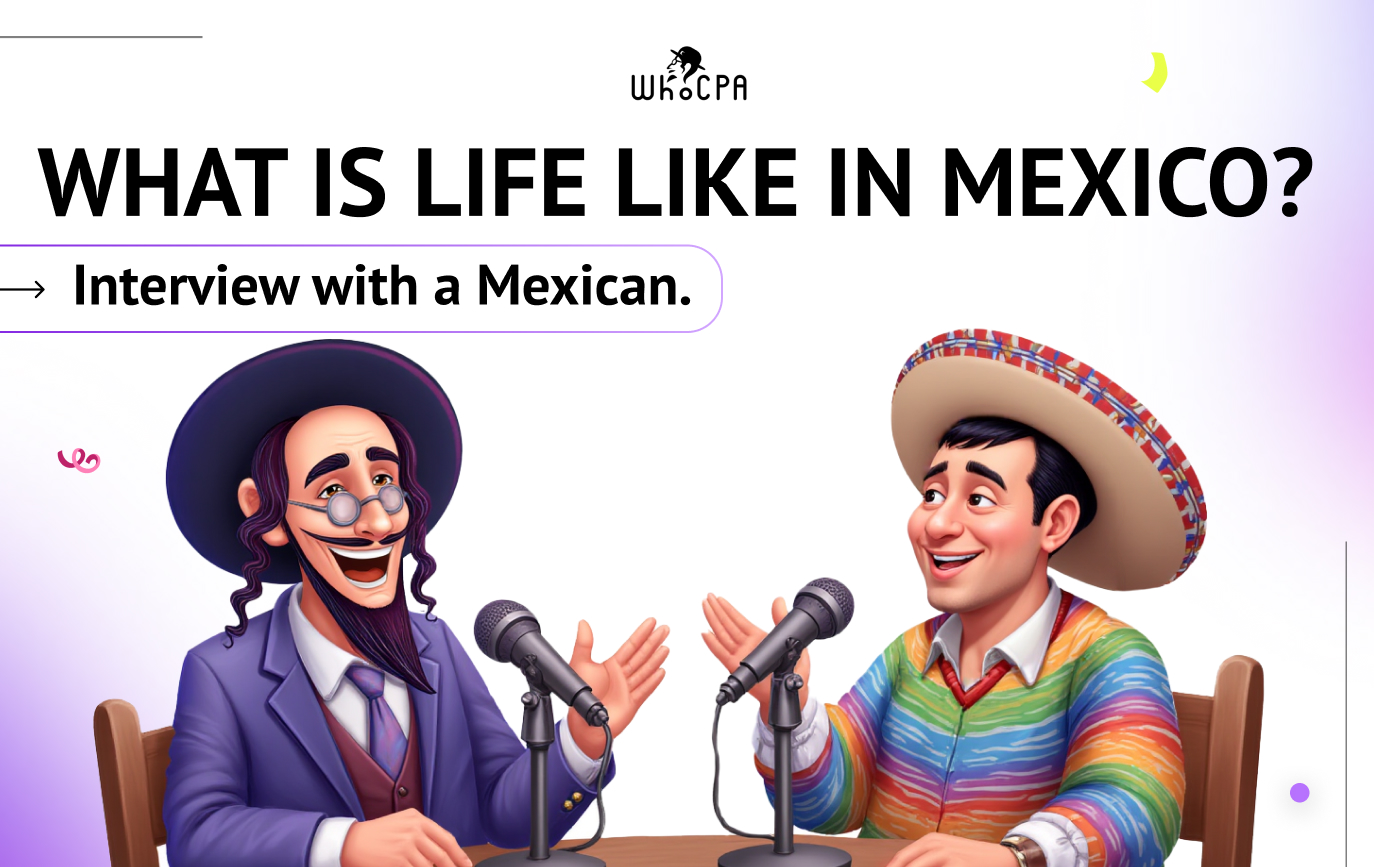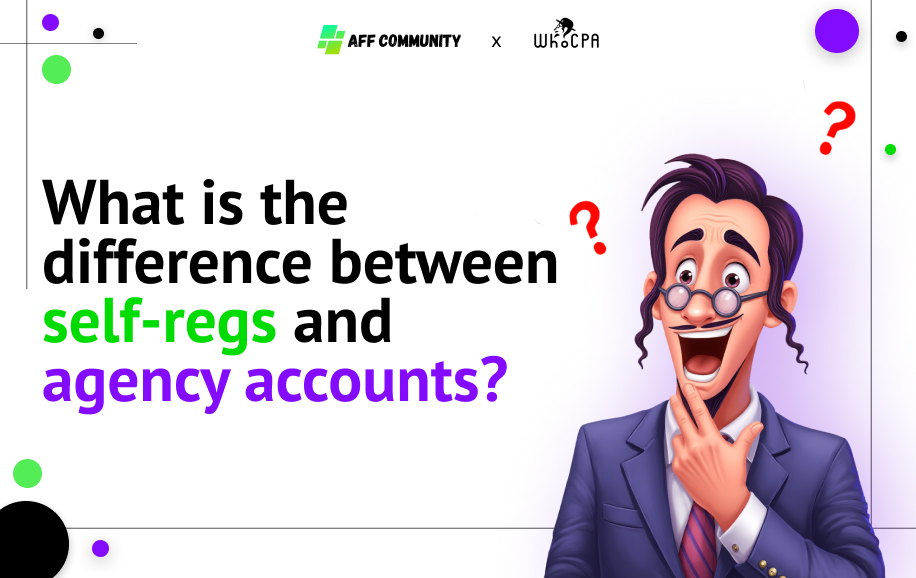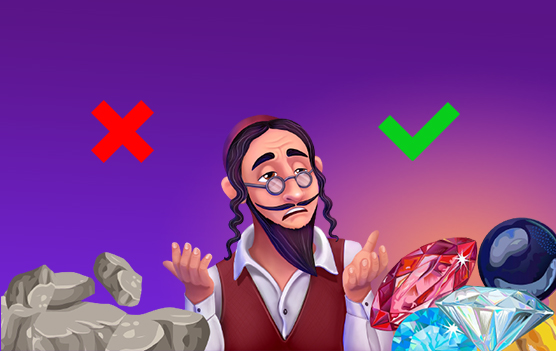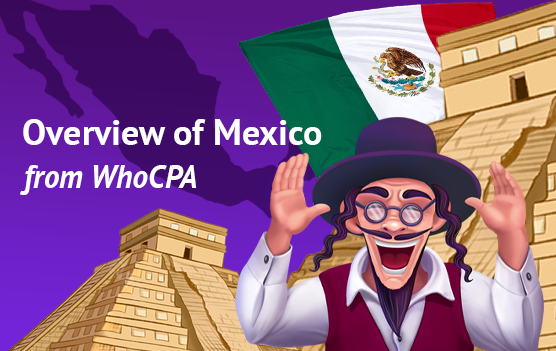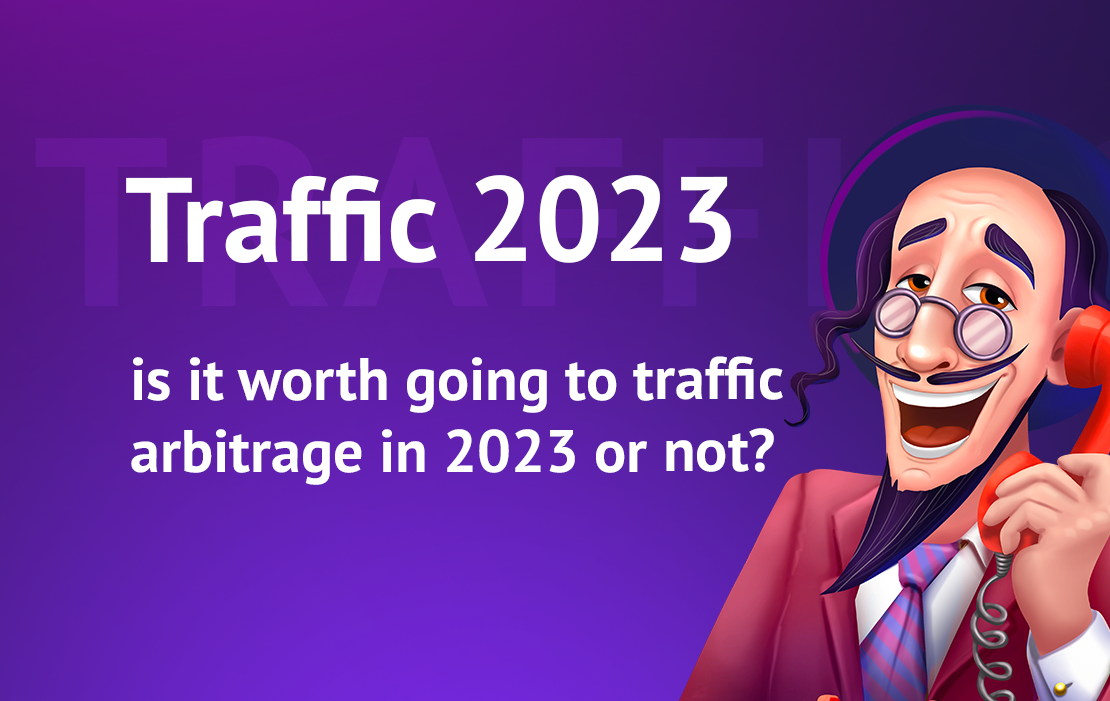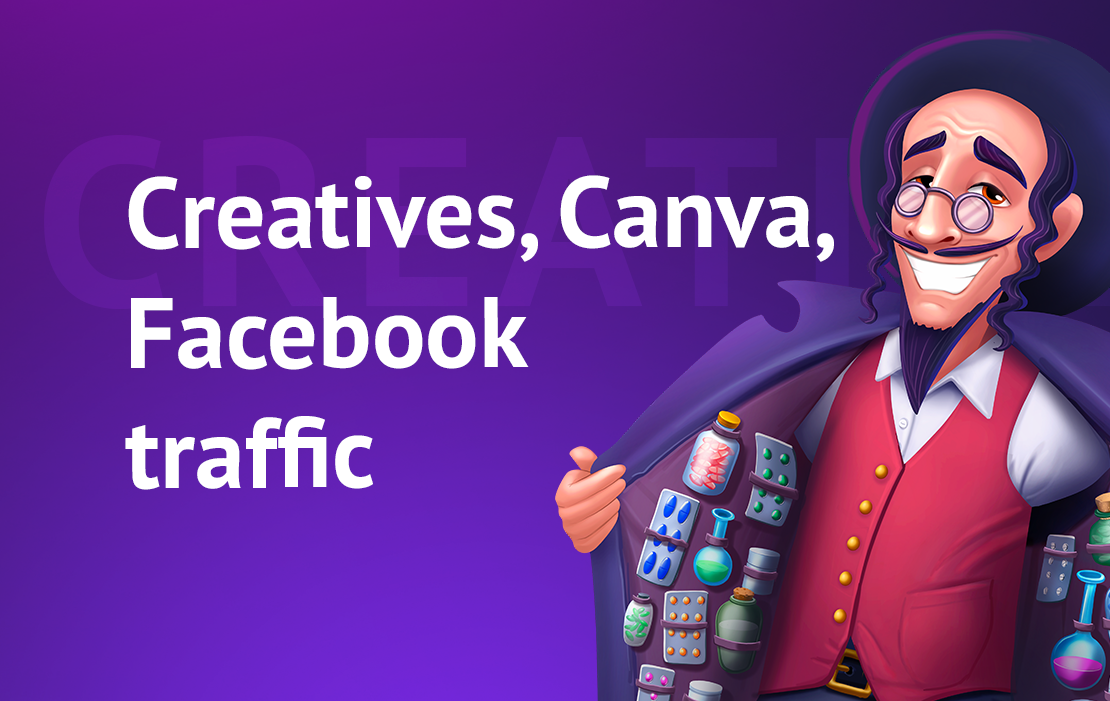We spoke with a local resident of Mexico who shared his experience of living in the country.
How do people usually shop online? How much do they trust couriers? Is the “natural composition” of a product important?
We got answers to these and many other questions — honest, simple, and straight from the source.
Read the interview to get an inside look at everyday life in Mexico through the eyes of a regular person.
— How do people usually order products online in Mexico: through websites, social media, or phone calls?
— It depends on the age and level of digital literacy. Younger people, especially those under 35, mostly order through platforms like Temu. Older people, particularly those over 60, tend to prefer traditional websites or call to place their orders directly.
— How much do people trust couriers? Do they often pay in advance?
— Most don’t. Around 70% of people are afraid to pay upfront, especially in rural areas. They prefer Cash on Delivery. If the delivery is handled by a local courier or small service, the level of trust is very low due to fears of scams or non-delivery.
— Is Cash on Delivery (COD) popular in Mexico?
— Yes, it’s the most common payment method. Around 70% of purchases are paid for upon delivery. It’s considered safer — people want to see the product first, then pay.
— What happens if the courier is late? Do customers cancel the order?
— Usually, no. Delays are common and somewhat expected, especially in rural areas with no clear addresses. If the courier communicates or the delay is minor, customers are willing to wait. Major issues only arise with poor communication.
— Is it difficult for couriers to deliver to small towns and villages?
— Yes. Many streets don’t have clear house numbers, especially in poorer regions. Couriers often have to call several times, ask for directions, or speak with neighbors. GPS doesn’t always help, which affects both timing and cost of delivery.
— What types of products are typically purchased online? Supplements, cosmetics, electronics?
— Electronics and household items are most common: phones, TVs, blenders, fans. Supplements and cosmetics are less frequent, and usually ordered via local marketplaces or pharmacies. People prefer well-known brands or those recommended by friends — anything health-related has to pass a “trust filter.”
— Which regions are considered problematic for delivery?
— Michoacán and Sinaloa. Deliveries are often delayed or not made at all. These are high-risk zones, and many services refuse to operate there due to gang activity.
— Which companies are the most reliable for delivery?
— DHL and FedEx are the most trusted. They’re respected for quality service. Local services are cheaper but less reliable — sometimes delivering in two days, sometimes in two weeks.
— Do people inspect the product before paying?
— Not often. Especially when the delivery is from a well-known company, people usually pay first and open later. They might inspect when buying from a local vendor, but it’s rare.
— How does buying behavior change during holidays?
— Purchases drop. Budgets are spent on gifts, food, and celebrations. People are also more skeptical about deliveries — they worry products won’t arrive on time.
— Do people pay attention to “natural ingredients” or certificates?
— Only about 30%. Most trust recommendations from friends, reviews, or video testimonials. A relatable story like “my neighbor tried this and it worked” is more effective than a certificate.
— What works better in advertising: emotion or facts?
— Emotions. Around 70% respond to stories, imagery, and promises of a better life. The other 30% prefer clear facts: price, duration, results.
— Should advertising be in Spanish only?
— Absolutely. English doesn’t work here. People won’t read subtitles either. If you want results — fully localize your copy.
— How do people respond to ads on Facebook and TikTok?
— Not very well. There’s ad fatigue. But YouTube is a different story — people love review videos, vlogs, and content from trusted voices.
— Have you or someone you know ever ordered something online?
— Honestly, no. I’m not used to it. I prefer offline shopping — I can see the product and decide on the spot.
— What would you definitely not buy online?
— Anything at all. I just don’t shop online. I feel it’s too risky. I’d rather go to a store.

Personal Life
— Where do you live and why there?
— I’m a preacher. I move every three years depending on the community I serve. Right now, I live in Sonora — near the U.S. border. This is my current mission.
— What’s your typical day like?
— I wake up at 8 a.m., check my emails, have breakfast, then go to church. The service doesn’t take long. After that, my family and I go shopping for fresh fruits and vegetables — it’s a tradition. I read the Bible, do some work, meet with people. In the evening I go to the gym, attend another service, and then go for a walk in the park.
— What do you love most about living in Mexico, and what bothers you?
— I love the freedom here. It’s not as strict as the U.S. — you can live more peacefully. But that’s also the downside: less control leads to more crime, especially in poor areas.
— What’s the hardest part of your job?
— Honestly, I don’t see anything as hard. I see challenges as opportunities to grow.
— How do you relax in your free time?
— I love swimming. I often go to waterparks or the beach whenever I get the chance. It helps me clear my head and recharge.
Life in Mexico has its rhythms, customs, and everyday nuances — and these shape consumer behavior regardless of the product. This conversation offers insight into the local mindset and shows what truly matters to Mexicans in terms of service, delivery, and advertising. We hope this interview gave you a deeper understanding of your audience

